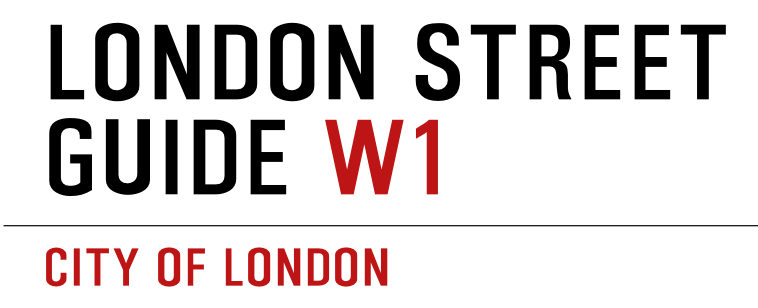Place Name
Caernarfon, in North Wales, is a county town known for its impressive medieval history and Caernarfon Castle, a UNESCO World Heritage Site. Built by Edward I in the late 13thCentury during his conquest of Wales, the castle was designed as both a fortress and a royal palace, symbolising English authority. The town itself dates back to Roman times, when it was known as Segontium, a fort established to control local tribes. In 1969, the town hosted the investiture of Prince Charles as Prince of Wales. The name comes from two words Caer means fortress, in this case either the Roman fort of Segontium, which lies on the outskirts of the modern town, or the Norman castle erected near the mouth of the Afon Seiont. Arfon means opposite Môn (Anglesey), and the full name therefore means the fortress in the land opposite Anglesey. As for this street name, at the start of the 20thCentury this area still formed part of Newbarns Farm although it was later used as a golf course. It remained that way until shortly after the Second World War when demand for housing from the newly demobbed men and their families far outstripped supply. At first accommodation consisted of dozens of pre-fabricated Arcon bungalows hastily erected around Pollards Hill but from the 1950s a more permanent solution was sought. Merton Council’s archive explains: “In the 1950s the Council built six-storey maisonette blocks, starting with Westmorland Square and finishing the final block in Bovington Square in 1956. By the standards of the day, the much needed housing was built in record time and Mitcham Council could boast a house-building programme which exceeded that of any other Surrey Council.” But even this wasn’t enough to meet future demand. Following the post-war population boom much more housing was needed by the mid-1960s and so the Pollards Hill Housing Estate was laid out and built between 1968 and 1971. It was a high density scheme that included various areas of green space in the form of private gardens, partly enclosed squares, and a public park, Donnelly Green, named after Mitcham’s Head of Parks. Taking its cue from those original post-war buildings, the streets were named after counties and county towns in England and Wales. This street is in the alphabetically arranged section of the estate to the north of South Lodge Drive, which was described by architectural historian Niklaus Pevsner as consisting of “three-storey blocks of houses and flats in an ingenious rectilinear Greek-key meander”.
![]()
